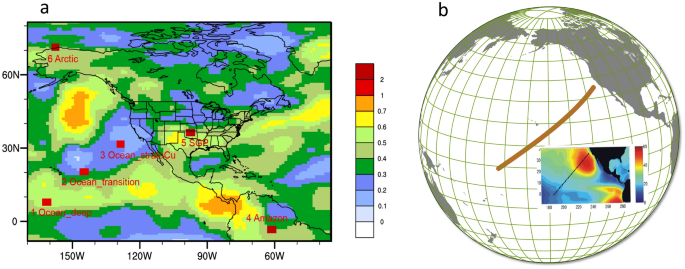2024-03-12 カリフォルニア大学校アーバイン校(UCI)
<関連情報>
- https://news.uci.edu/2024/03/12/uc-irvine-study-vehicle-brakes-produce-charged-particles-that-may-harm-public-health/
- https://www.pnas.org/doi/10.1073/pnas.2313897121
自動車のブレーキは高帯電エアロゾル粒子の発生源である Automotive braking is a source of highly charged aerosol particles
Adam E. Thomas, Paulus S. Bauer, Michelia Dam, +2, and James N. Smith
Proceedings of the National Academy of Sciences Published:March 11, 2024
DOi:https://doi.org/10.1073/pnas.2313897121

Significance
The coming decades promise a transition from internal combustion engines to electric, and with it a greater relative contribution of nonexhaust sources to urban air pollution. A chief concern is particles generated from automotive brake wear, which have adverse impacts on health and the environment. Our study reports on the electrical properties of brake wear particles, demonstrating that up to 80% of these particles are electrically charged. We show evidence for surprisingly high numbers of elementary charges per particle and report on this number’s dependence on particle size and charge polarity. These findings suggest that control strategies that exploit the unique electrical properties of brake wear particles can be highly effective in mitigating this key emerging source of pollution.
Abstract
Although the last several decades have seen a dramatic reduction in emissions from vehicular exhaust, nonexhaust emissions (e.g., brake and tire wear) represent an increasingly significant class of traffic-related particulate pollution. Aerosol particles emitted from the wear of automotive brake pads contribute roughly half of the particle mass attributed to nonexhaust sources, while their relative contribution to urban air pollution overall will almost certainly grow coinciding with vehicle fleet electrification and the transition to alternative fuels. To better understand the implications of this growing prominence, a more thorough understanding of the physicochemical properties of brake wear particles (BWPs) is needed. Here, we investigate the electrical properties of BWPs as emitted from ceramic and semi-metallic brake pads. We show that up to 80% of BWPs emitted are electrically charged and that this fraction is strongly dependent on the specific brake pad material used. A dependence of the number of charges per particle on charge polarity and particle size is also demonstrated. We find that brake wear produces both positive and negative charged particles that can hold in excess of 30 elementary charges and show evidence that more negative charges are produced than positive. Our results will provide insights into the currently limited understanding of BWPs and their charging mechanisms, which potentially have significant implications on their atmospheric lifetimes and thus their relevance to climate and air quality. In addition, our study will inform future efforts to remove BWP emissions before entering the atmosphere by taking advantage of their electric charge.



